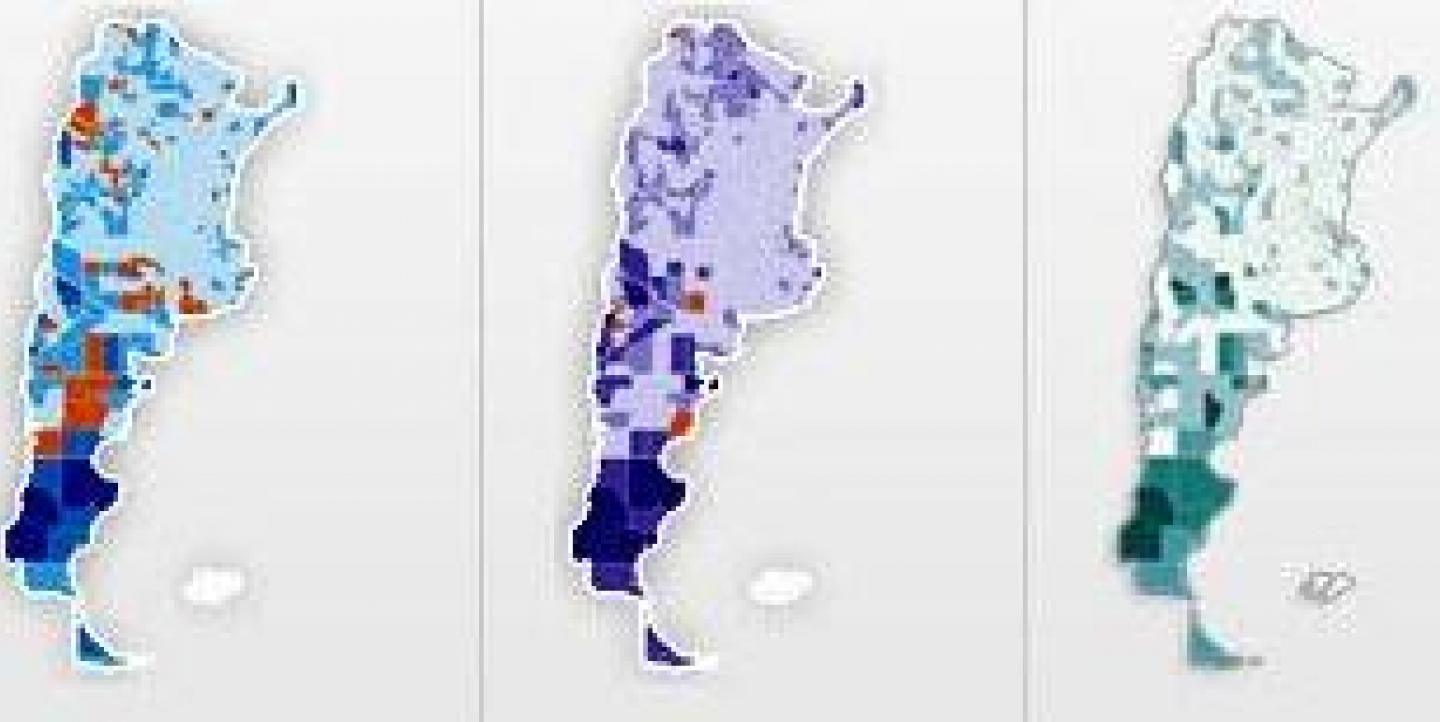Census information in Argentina isn't just for demographers and bureaucrats any longer.
Traditionally, census data – which tells us much about who we are and how we live – has been hard to access in my country. But thanks to a new project launching today, reporters and citizens in Argentina will find it easier to examine and find patterns in the data.
Argentina’s La Nación newspaper has launched a news application that provides extensive information about the country using census results from 2001 and 2010. The official data covers the entire country and comes from Argentina’s National Statistics and Census Institute (INDEC). La Nación's data journalism team, which I have assisted in the past year as part of my Knight International Journalism Fellowship, created the application.
Using Google Fusion Tables, we designed the app as a series of interactive maps. Users can search for and learn about a number of variables related to population, housing and more. By placing the mouse on a province or municipality, users can also access raw data, as reported by INDEC, as well as percentage change recorded in 2010 compared to 2001.
This is La Nación’s largest mapping project to date. Previously, a series of interactive maps, designed by Knight Mozilla Fellow Manuel Aristarán using Google Fusion Tables, allowed for large amounts of information to be visualized through easily accessible data.
Earlier La Nación data visualizations have included transportation subsidies and officials’ affidavits.
Successful census visualizations from news organizations such as the Washington Post and the New York Times, among others, have highlighted how useful it is to analyze census data to better understand the realities in a society.
These news apps are valuable tools that mix technological innovation with data. With the technology, valuable findings emerge out of large amounts of data. In the past, these numbers were hard to reveal, and findings would often remain “trapped” in large amounts of data. Now, they can be analyzed, often providing surprising results.
At La Nación, this will let reporters better compare the realities of 2001 with those of 2010.
The most interesting part of these initiatives is that readers, too, have easy access to the raw – as well as the processed – data. In the same way that the La Nación data journalism team has, readers can examine and interact with the data on their own, perhaps even uncovering unknown facts.
Alongside organizations like ProPublica, La Nación has been at the forefront of a worldwide trend toward providing information in the spirit of public service and transparency, ultimately benefiting the audience and the public.
Sandra Crucianelli is a Knight International Journalism Fellow, an investigative journalist and an instructor specializing in digital resources and data journalism. She is working as a consultant for La Nación newspaper in Argentina as part of her fellowship.
Graphic courtesy of La Nación.
Jessica Weiss and IJNet staff contributed to and translated this post.

